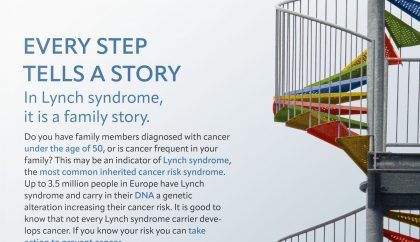
Information and prevention: Lynch syndrome is a family story
More and more people develop colorectal cancer at a young age. Every fifth colorectal cancer under 50 has a hereditary cause. The …
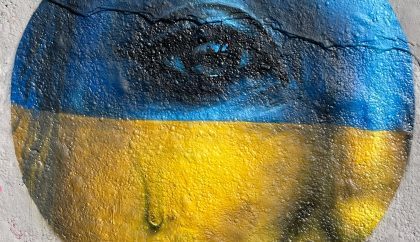
12 Months of War
As the first year of the Russian war in Ukraine is coming to a close, we are turning our gaze inwards.
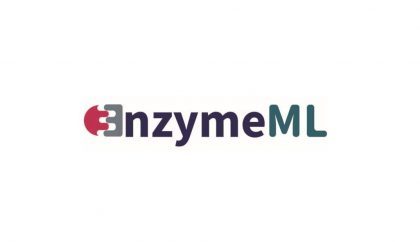
EnzymeML: Surfing the research data wave
In catalytic sciences we face a rapidly increasing volume and complexity of research data, which are a challenge for analysis and …
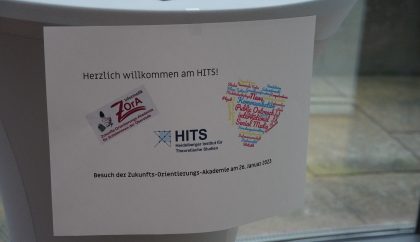
Girls, let your geek flag fly!
What happens to a neutron star after its formation? Why are big media cooperations looking for molecular biologists? How big can …

ReStore checkpointing library
Fault-tolerant distributed applications require mechanisms to recover data lost via a process failure. On modern cluster systems it is typically impractical …
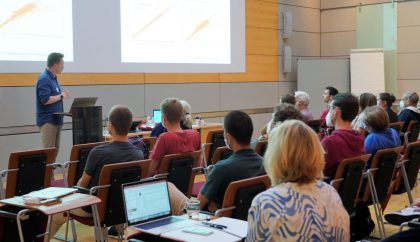
Registration now open: SIMPLAIX Workshop on “Machine Learning for Multiscale Molecular Modeling”
The first SIMPLAIX Workshop on “Machine Learning for Multiscale Molecular Modeling” will take place in the Studio Villa Bosch in Heidelberg …
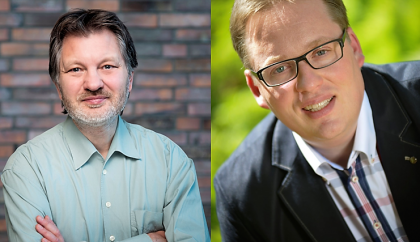
New Scientific Director: Tilmann Gneiting
As of January 2023, Tilmann Gneiting is the new Scientific Director of HITS. As the position of Scientific Director rotates through the …

Exploring the life of binary stars
Since September 2022, astrophysicist Rajika Kuruwita has been the first fellow of the HITS Independent Postdoc Program. The program offers an opportunity …
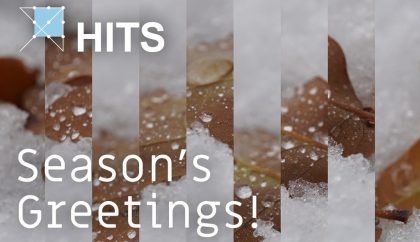
Season’s Greetings
Another extraordinary year is almost over and as always at this time, we take the opportunity to look back and take …

Issue 4 | 2022
Fall is the season of the harvest, and at HITS it´s particularly abundant this year: Alexandros Stamatakis, head of the …